The reviews for the Intel Core Ultra 200S Arrow Lake processors are out. While they offer good efficiency, they perform poorly in gaming.
After years of waiting and after days of announcement, Intel Core Ultra 200S Arrow Lake CPUs are finally released for desktops. They are Intel’s first series of CPUs with tile based architecture. While AMD switched to chiplets years ago, Intel adapted the tile based approach recently.
Intel processors used to be one monolithic one, now they consist of different tiles. One tile for compute (CPU), one for SOC, one for IO and one for GPU. All these tiles are connected via a base tile, installed on Intel’s Foveros Advanced 3D packaging technology.
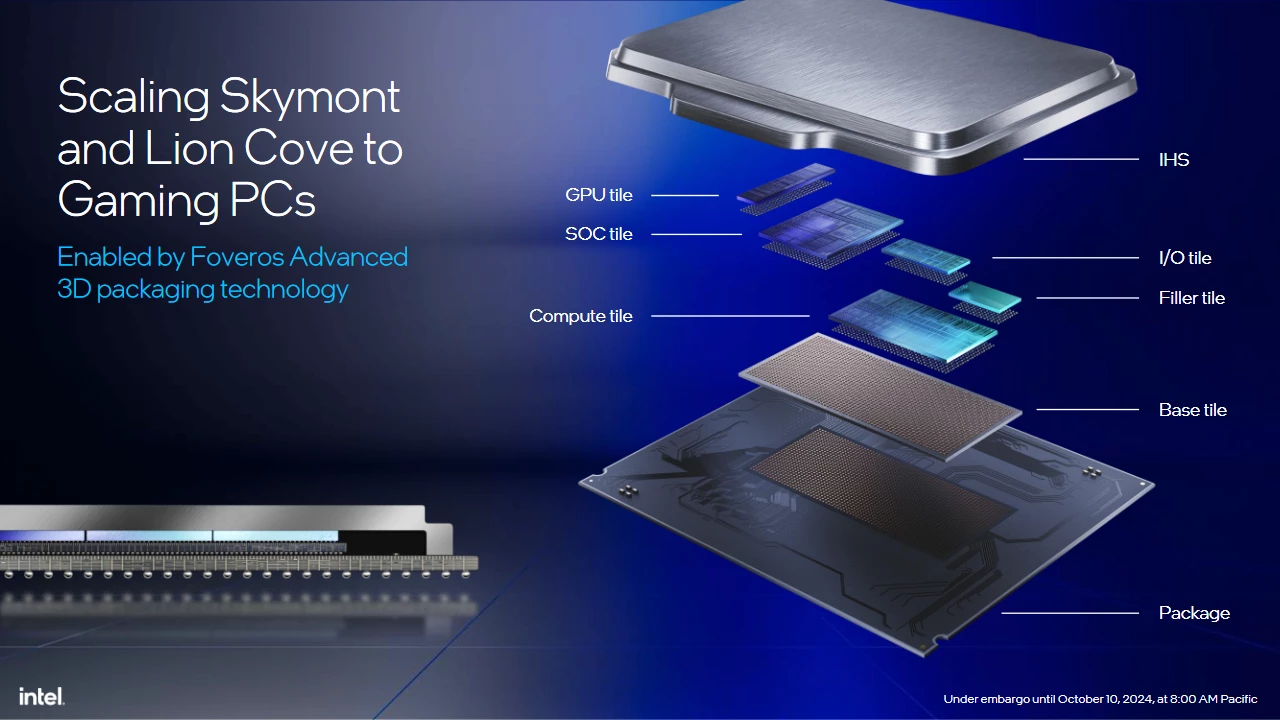
Additionally, starting with the Core Ultra 200S Arrow Lake series, Intel will not come with hyper-threading technology for the first time in two decades. Which means that the CPU will have the same amount of cores and threads.
Additionally, these CPUs are not manufactured by Intel, but instead made by TSMC. That’s because Intel is making newer-gen factories and it’s still not started large scale manufacturing yet.
Initially, Intel is going to release only K series of unlocked CPUs. They are Intel Core Ultra 9 285K, Intel Core Ultra 7 265K / F and Intel Core Ultra 5 245K / F.
Today, their reviews are officially out. While some reviews got leaked a day ago by mistake. They gave us some idea. Now let’s check how do they actually perform.
Reviews
Tom’s Hardware
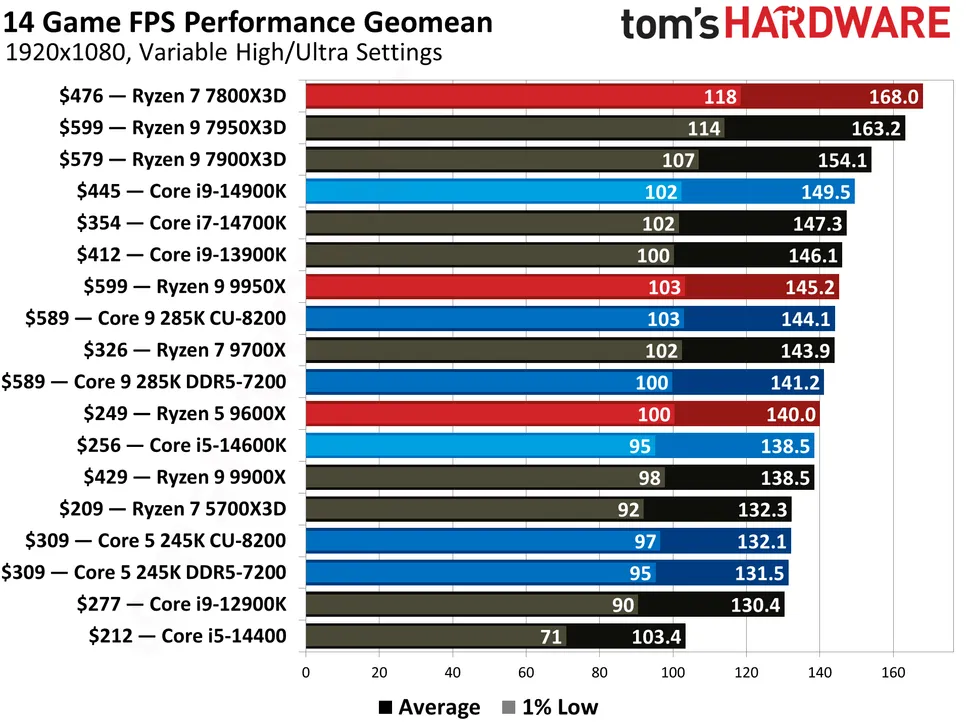
Tom’s Hardware tested both Intel Core Ultra 9 285K and Core Ultra 5 245K CPUs. They tested the CPUs with latest OS updates and with Intel APO (Intel Application Optimization) enabled.
In gaming performance at 1080p, Intel Core Ultra 9 285K is 4% slower, that’s right, slower than the previous-gen Intel Core i9-14900K CPU, that too with faster DDR5-8000 RAM. When using slightly slower DDR5-7200 RAM, the 285K becomes 6% slower than i9-14900K.
What’s worse is that far from being the fastest CPU in the world, Intel Core Ultra 9 285K is 16% to 20% slower (depending on RAM used) than AMD’s flagship Ryzen 7 7800X3D gaming CPU. Which is a huge difference.
Similarly, Intel Core Ultra 5 245K is 5% slower than previous-gen Intel Core i5-14600K CPU in gaming. Interestingly, it costs $309 however, is 6% slower than AMD’s Ryzen 5 9600X, which costs $249.
However, in productivity benchmarks, the 285K is about 15% faster than the i9-14900K overall. So just like AMD Ryzen 9000 series, Intel here too does good in software benchmarks, but performs poorly in gaming ones.
In terms of power efficiency, they found it to be 36% more power efficient than the Intel’s 14th-gen series of CPUs in gaming. Which is appreciated, but the performance decrease is not probably not justified.
TechSpot
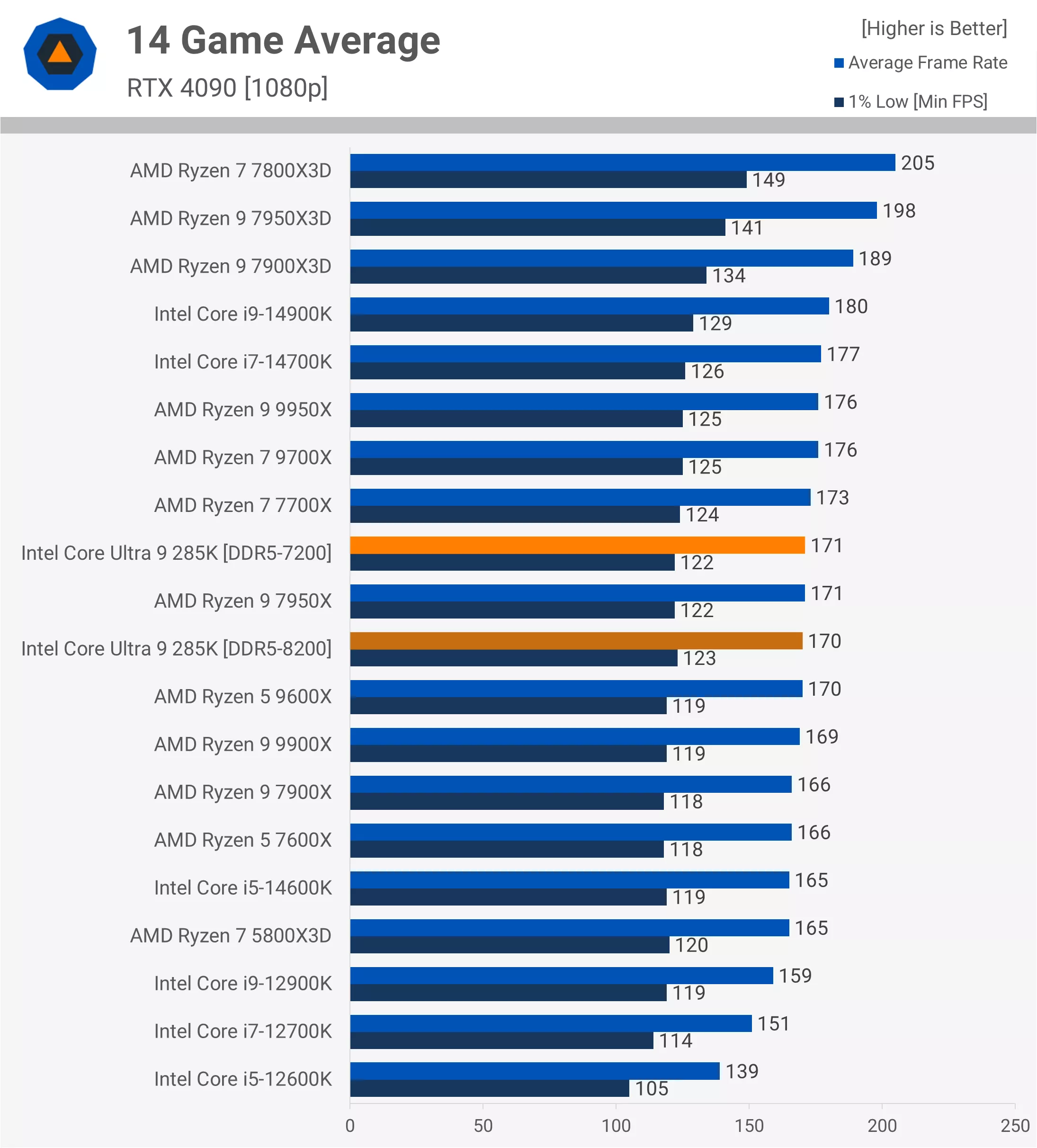
Steve Walton from the Hardware Unboxed fame posted a written review for the Intel Core Ultra 9 285K CPU on TechSpot. This is in addition to his video review on his channel. He calls Arrow Lake is a mess and possibly a flop.
He mentioned how they got the test samples only 3 days prior to the review date and faced many stability issues with the latest OS updates and had to use non-updated version to test this Intel CPU. They also didn’t enable APO, as it was not enabled by default and only two games made a use of it.
When testing 14 games at 1080p, the Intel Core Ultra 9 285K was 5% slower than Intel’s Core i9-14900K and a massive 14% slower than AMD Ryzen 7800X3D.
In productivity benchmarks, while it performs good in Cinebench, it gives mixed results. Good performance in some, bad performance in others.
In terms of power consumption, they faced some issues in reporting the CPU only data. That’s because due to the motherboard they were using, not all the power was delivered from the CPU only 8-pin dual EPS12V rails. Some power (about 50-60W) was delivered from the 24-pin ATX cable of the motherboard.
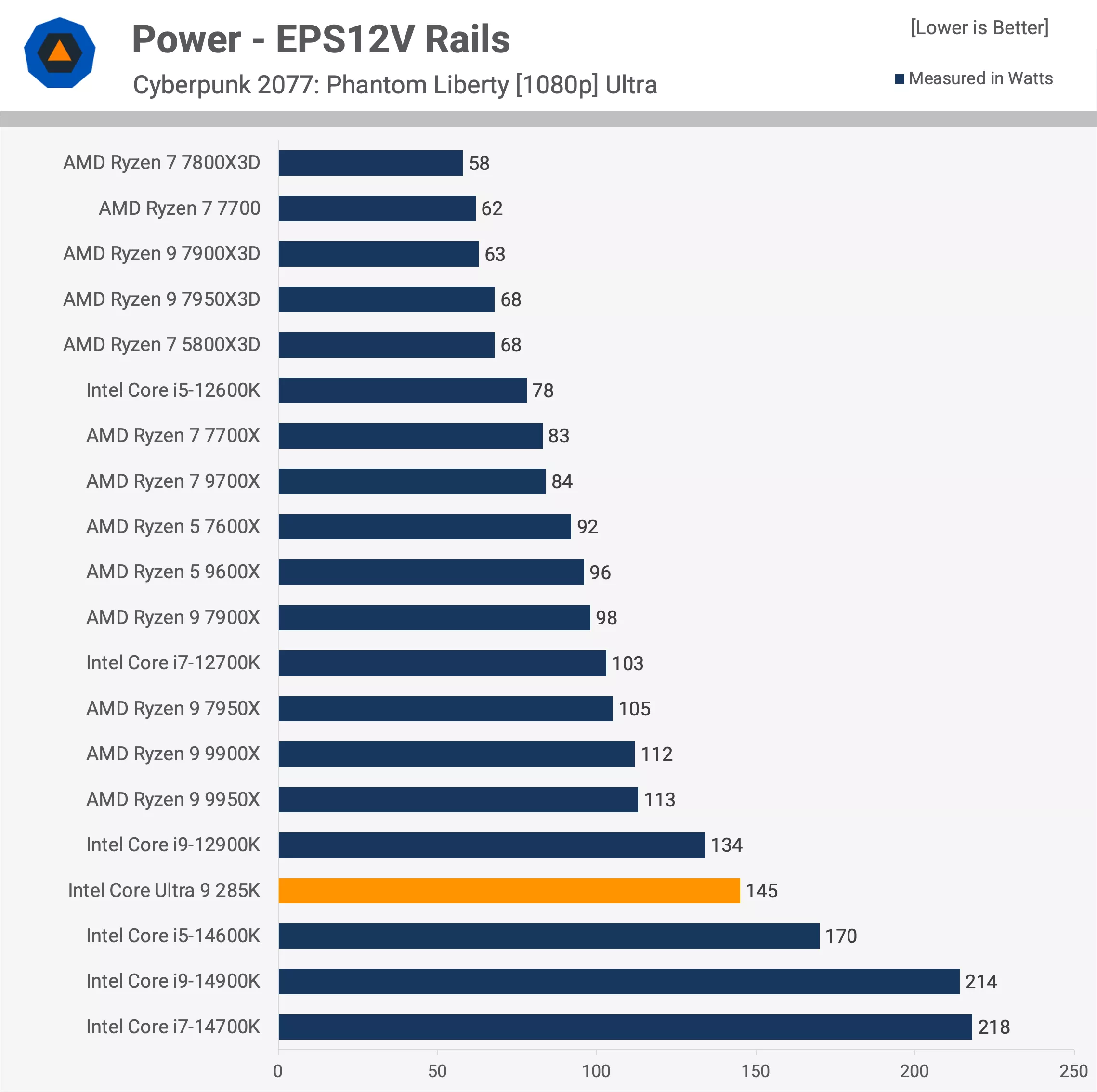
After getting the correct figures, Intel Core Ultra 9 285K used less than 150W in gaming, which makes it use about 70W and hence 32% less power than Intel Core i9-14900K. It also used 17% less power in Cinebench. Making it to be an CPU series with marked power efficiency. Though it still uses more power than AMD’s Ryzen CPUs across generations.
TechPowerUP
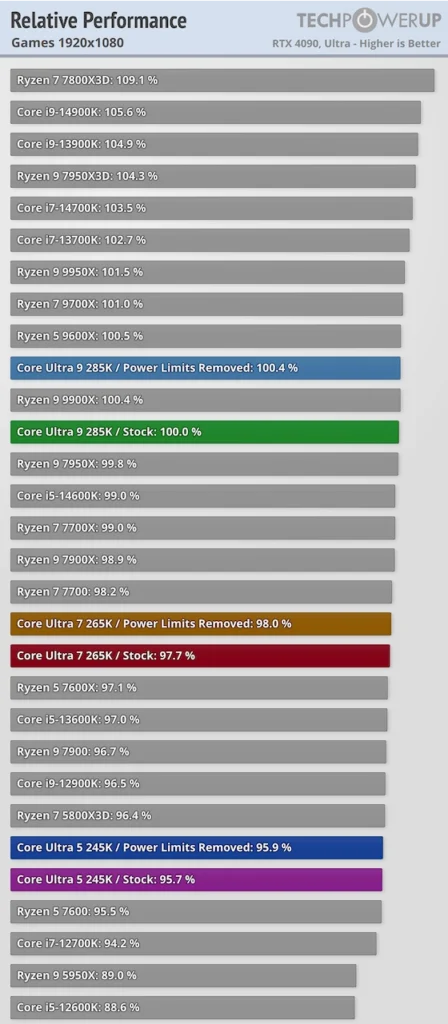
TechPowerUP tested all three CPUs in the Arrow Lake series. Intel Core Ultra 9 285K, Intel Core Ultra 7 265K Review and Intel Core Ultra 5 245K.
TechPowerUP tested these CPUs on DDR5-6000 RAM by default to give equal performance benefits for all CPUs. Though, they tested faster RAM separately.
In gaming performance at 1080p, Intel Core Ultra 9 285K is on average 5-6% slower than the previous-gen Intel Core i9-14900K. Intel Core Ultra 7 265K is on average 6% slower than Intel Core i7-14700K. Intel Core Ultra 5 245K is on average 4% slower than Intel Core i5-14600K. However, the 1% Low minimum FPS was slightly better but still slower.
Overall, Intel Core Ultra 9 285K was also 1-2% slower than AMD Ryzen 9 9950X and 9% slower than AMD Ryzen 9 7800X3D CPUs.
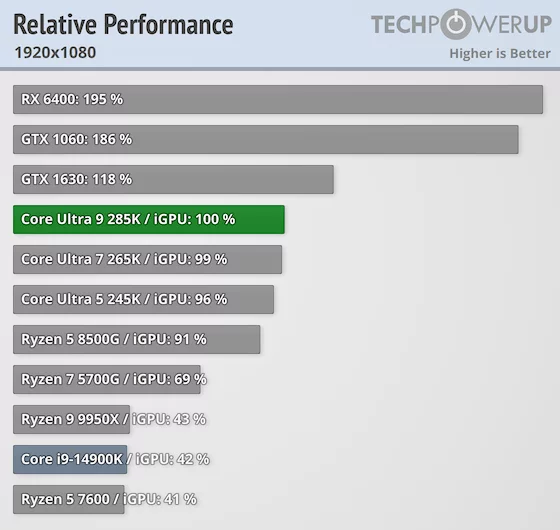
TechPowerUP also tested the built-in iGPU of the Intel Core Ultra 200S Arrow Lake CPUs. They found that the iGPU offers double the performance when compared to previous-gen Intel Raptor Lake Refresh series. Averaging about 26FPS at lowest settings at 1080p, it’s also faster than AMD’s budget Ryzen 5 8500G APU. Which is a massive improvement by Intel.
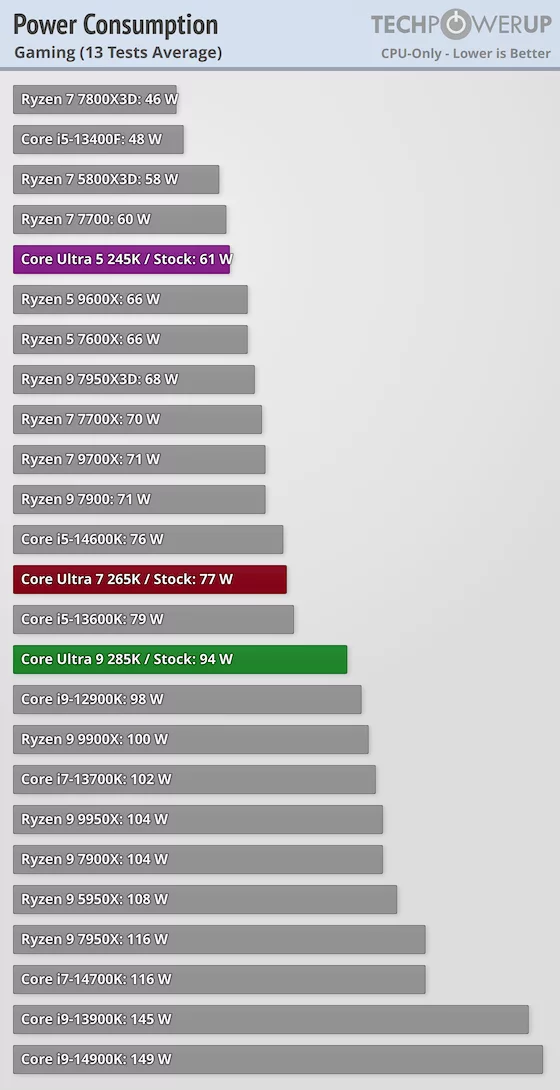
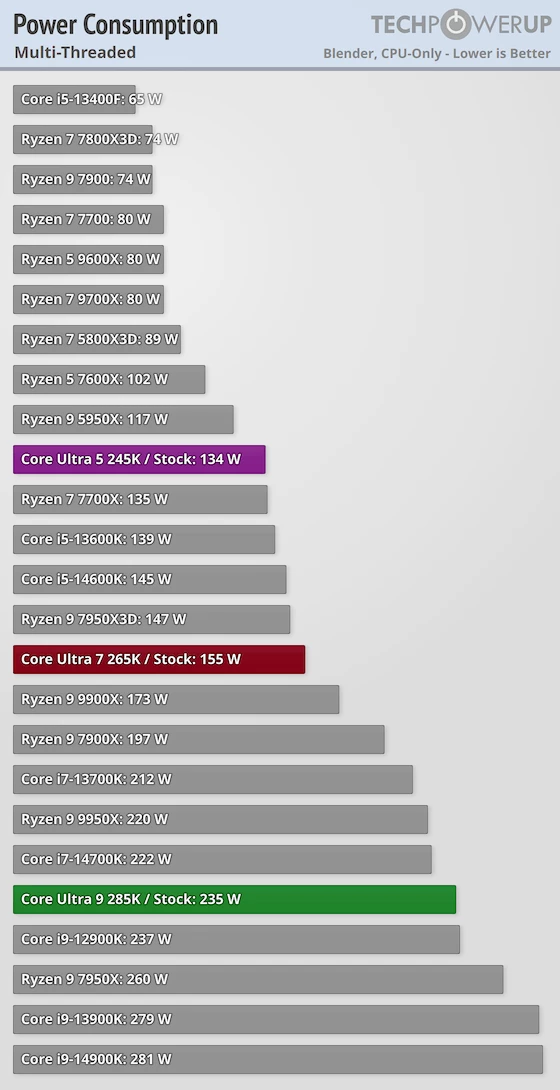
In power efficiency, here too, they find Intel Core Ultra 200S Arrow Lake CPU to use less power. For example, Intel Core Ultra 9 285K uses just 94W in gaming compared to 150W in previous-gen i9-14900K. Similarly, in Blender’s multithreaded benchmark, it used 235W, compared to 280W of previous gen.
This has meant that these CPUs have massively reduced temperatures, too. Especially temperatures in gaming.
Conclusion
Those feel the above reviews aren’t enough, they can check out VideoCardz and 3DCenter, who have compiled the list of all the reviews available.
As everyone can see. There’s a huge performance regression in gaming with Intel Core Ultra 200S Arrow Lake series CPUs. We haven’t seen such performance decrease in years. Some are calling this ARL -2.85% and Intel Error Lake as a joke.
Whenever a new CPU series releases, there’s an improvement in performance, not a reduction like this.
There could be many reasons. The biggest issue seems to be the latency which is added between interconnect of the new tiles inside the CPU. This added latency can be the biggest reason behind the decrease in performance.
Another reason can be CPU clock reduction over the previous-gen. This could be done by Intel to prevent instability issues that had arisen in the Raptor Lake series of CPUs.
Not to forget, decreased power consumption could affect performance too. But usually, performance doesn’t scale that much with power usage. In other words, power usage increase doesn’t always increase performance too.
While various reviewers tried all the OS related software tricks they could, the performance still didn’t increase significantly. This meant that unless Intel releases some BIOS updates that massively improves the performance, we don’t think it’s going to change much.
While AMD Ryzen 9000 series is disappointing too, its performance is similar to Arrow Lake. However, this means AMD is going to keep the lead in gaming CPU market. With AMD Ryzen 9800X3D all set to release soon, AMD is going to increase its lead further when it comes to performance in gaming.
Hope you enjoyed this news post.
Thank you for appreciating my time and effort posting news every day for many years.
2023: Over 5,800 news posts | 2024 (till end of September): 4,292 news posts
RIP Matrix | Farewell my friend ![]()


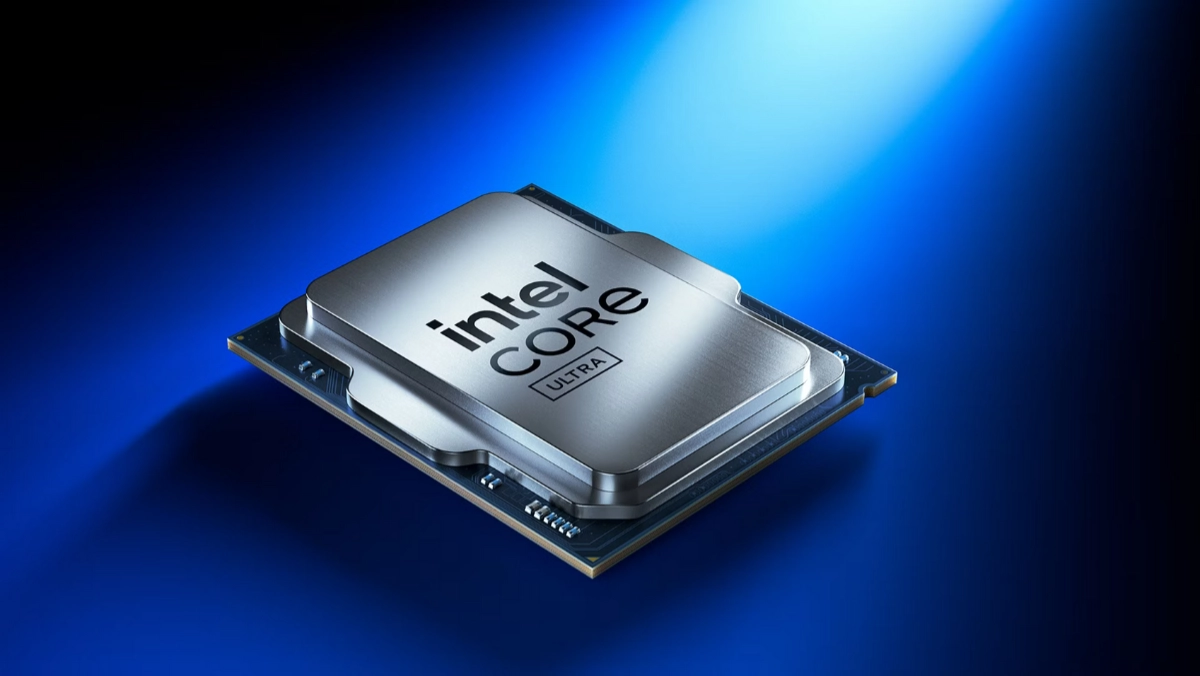
3175x175(CURRENT).thumb.jpg.b05acc060982b36f5891ba728e6d953c.jpg)
Recommended Comments
There are no comments to display.
Join the conversation
You can post now and register later. If you have an account, sign in now to post with your account.
Note: Your post will require moderator approval before it will be visible.